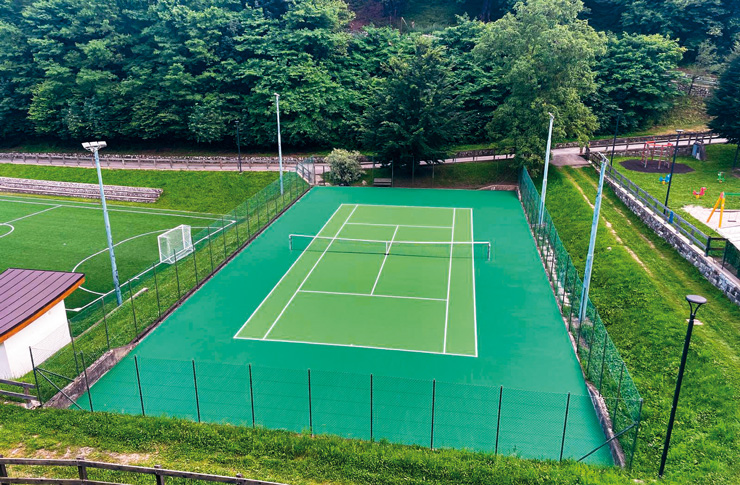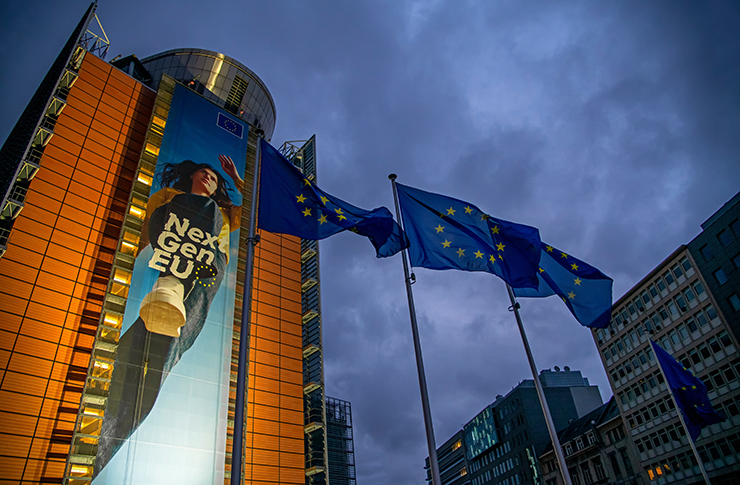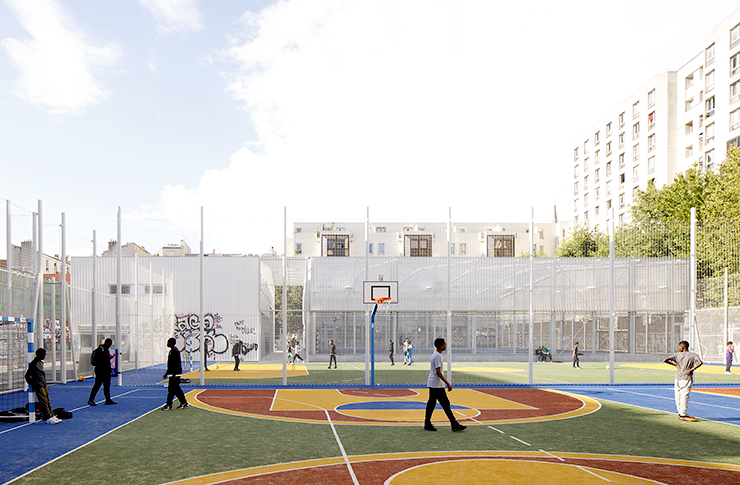Sustainable Designing Special Report – 6. A design guide through the parameters of LEED® certification.
The sustainability of sports facilities
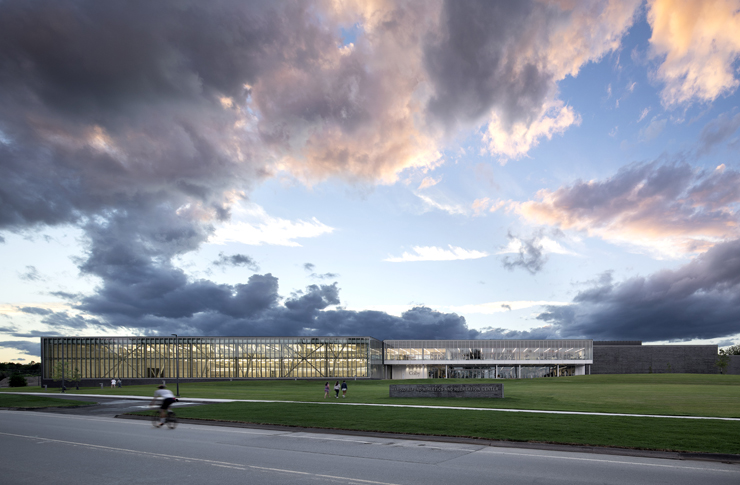
Colby College athletics centre in Waterville, Maine (USA) (photo Jeremy Bitterman).
This article introduces an analysis of the salient characteristics that make a building virtuous in terms of energy and sustainability. To better understand some of the basic principles, it uses a comparison with one of the most widespread and authoritative certification systems in the world: the LEED® Certificate.
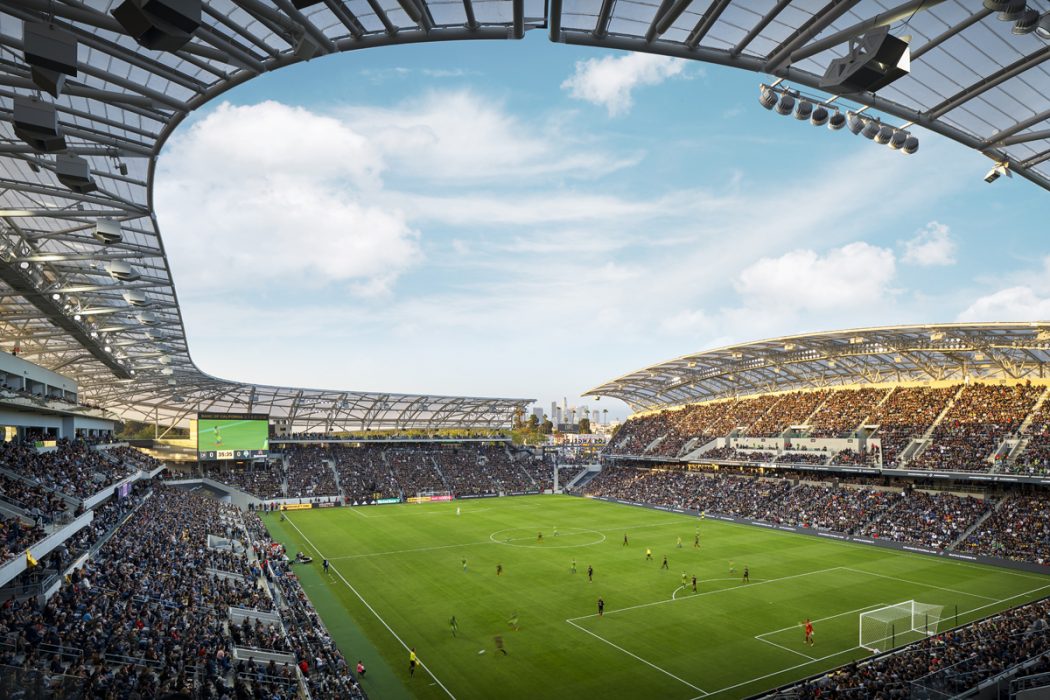
The field of analysis is vast, but these are the main points:
- careful choice of the context in which the building will be inserted;
- detailed design of each individual element of the construction and use process;
- careful evaluation of the environmental impact suffered and caused by the construction and use of building;
- forecast of the characteristics of reuse or environmental impact relative to the demolition and management procedures of the building’s individual structural elements.
The Leed certification system attaches particular importance to all those aspects related to the overall healthiness of the environmental context, the average annual climate and extreme weather events, the presence or absence of pollutants in the soil, the connection with the public transport network and its quality, the presence of alternative ecological transport networks, etc. Nevertheless, it is the contextual factor that determines the future management success of a sports facility.
A further element of reflection regarding sustainable design is the importance of the economic and management forecast of the individual components of the sports facility once it has been completed. To have conceived, in addition to the maintenance plan, a real “plan for the demolition and dismantling of the building or its components” would certainly have made one reflect on whether or not it would have been advisable to undertake design choices often dictated by customary use or aesthetic values that are absolutely at odds with the opportunity of environmental sustainability.
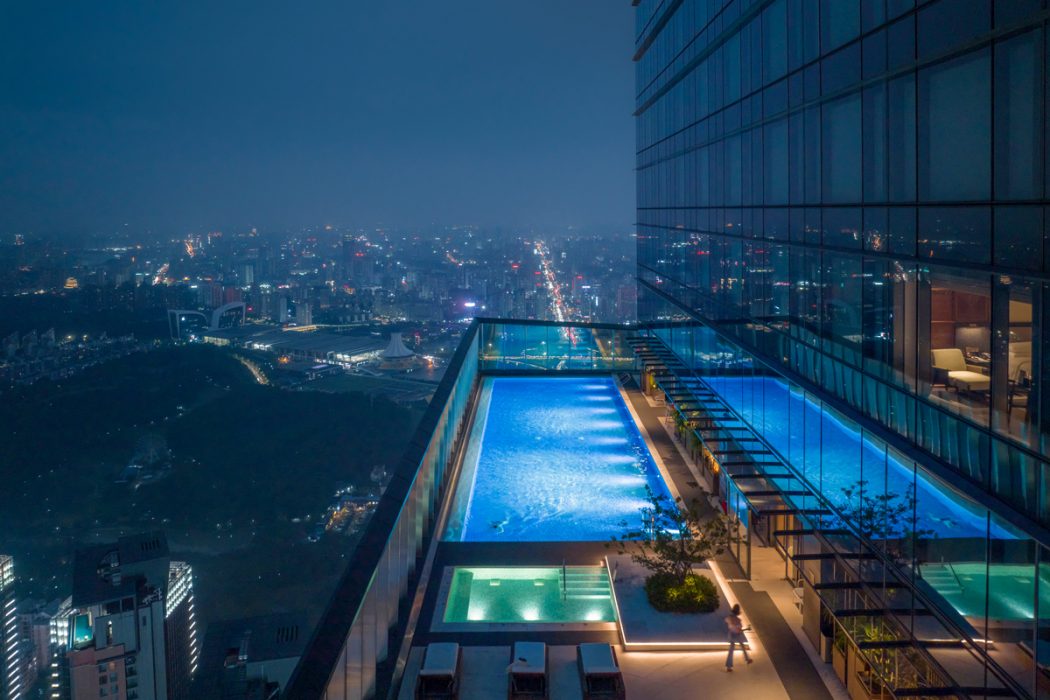
Other categories of requirements whose analysis, and consequent fulfilment, are essential in the final classification of a structure are:
- Efficient water management;
- Aspects consequent to energy management and the consequences of the building’s presence in the atmosphere;
- Materials used and resources;
- Internal environmental quality;
- Coefficient of innovation guaranteed by the project.
To conclude the analysis, it must be said that the ultimate goal of a qualified design team is not only the sole use of the most innovative equipment or the use of the most advanced construction techniques, but is above all to achieve that exemplary optimisation that makes a project and its well-conceived realisation absolutely admirable.
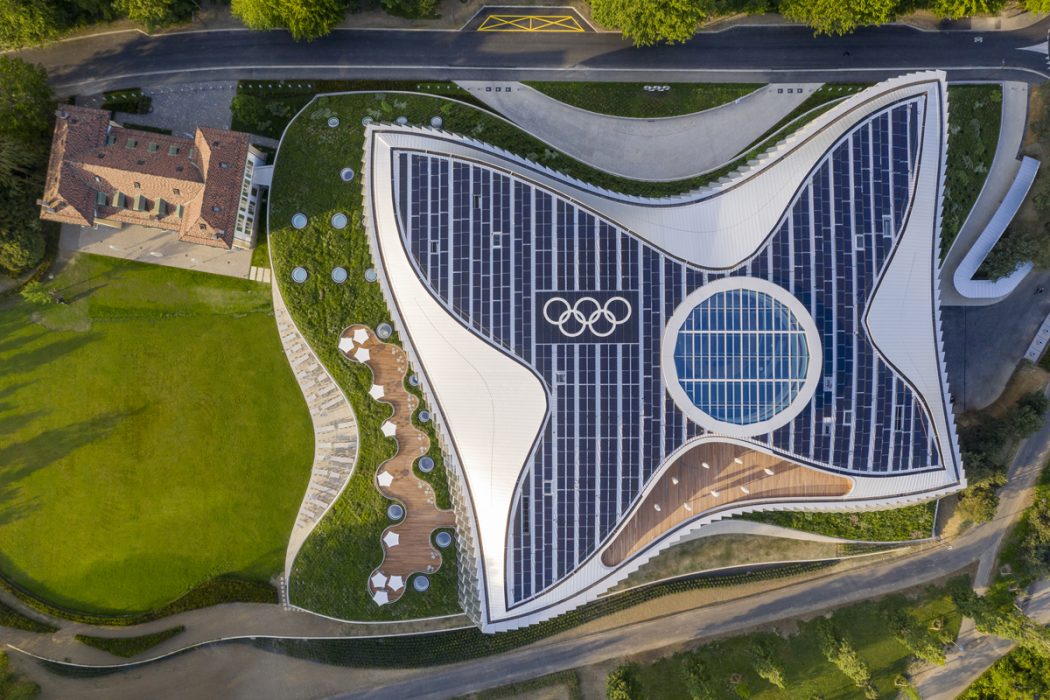
The Leed® Certification
LEED® is a voluntary certification programme that can be applied to any type of building (both commercial and residential) and covers the building’s entire life cycle, from design to construction.
LEED promotes a sustainability-oriented approach, recognising building performance in key areas, such as energy and water savings, CO2 emissions reduction, improved indoor ecological quality, materials and resources used, design and site selection. Developed by the U.S. Green Building Council (USGBC), the system is based on awarding ‘credits’ for each requirement. The sum of the credits makes up the four levels of certification: certified, silver, gold, platinum.
The other topics of the Sustainable Designing Special Report:
- 1 – The limits to growth and the sustainable designing
- 2 – Minimum Environmental Criteria for Designers
- 3 – The climate crisis: mitigation and adaptation
- 4 – Venice 2023: from architecture to art, climate in evidence
- 5 – Sustainability in the new FIFA Guidelines
- 7 – Large North American sports facilities
- 8 – Aarhus + Forest Green Rovers: a vision of environmentally sustainable stadiums
- 9 – Parma: complementary spaces for the Anna Frank School.








